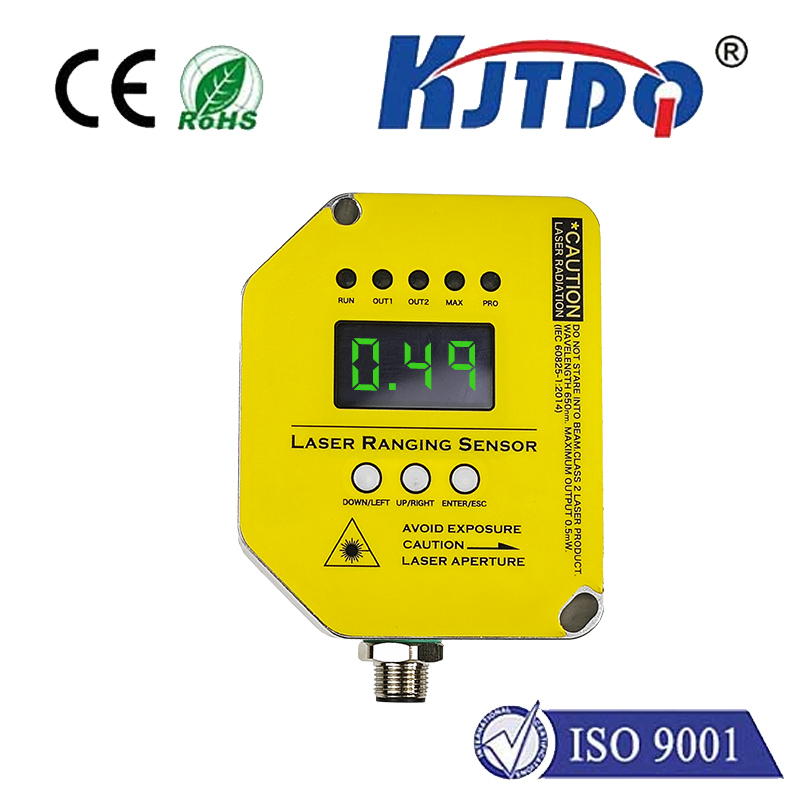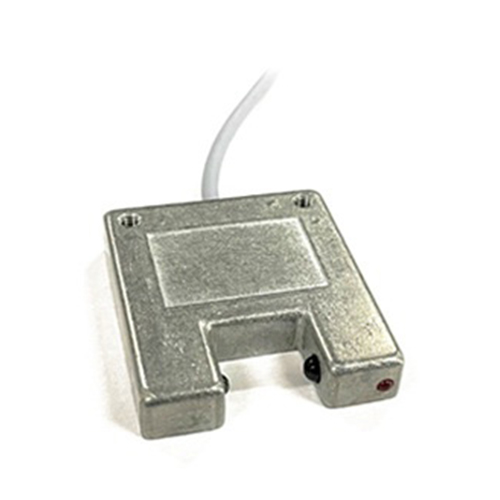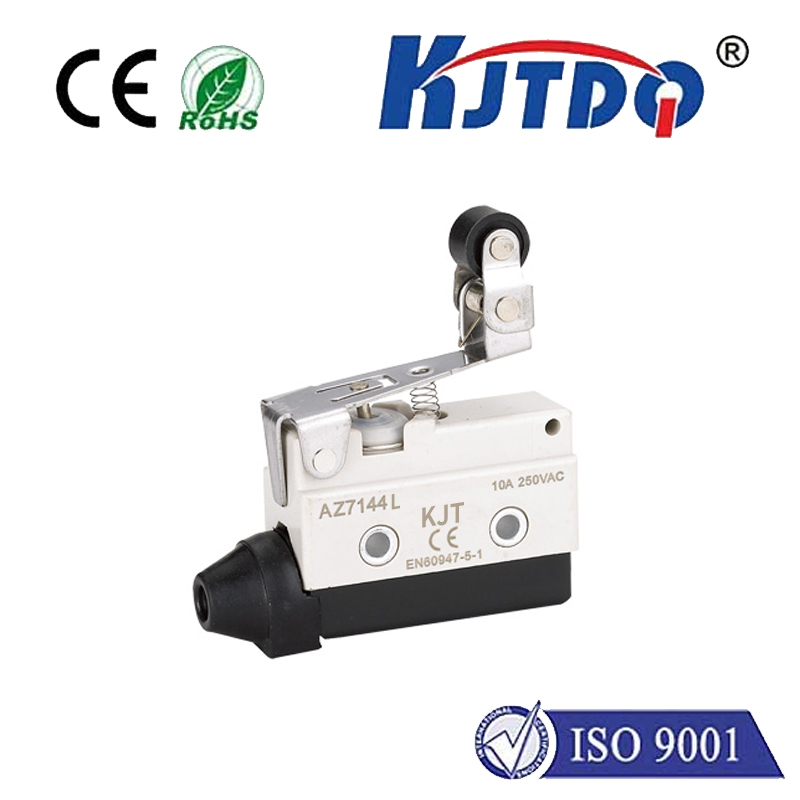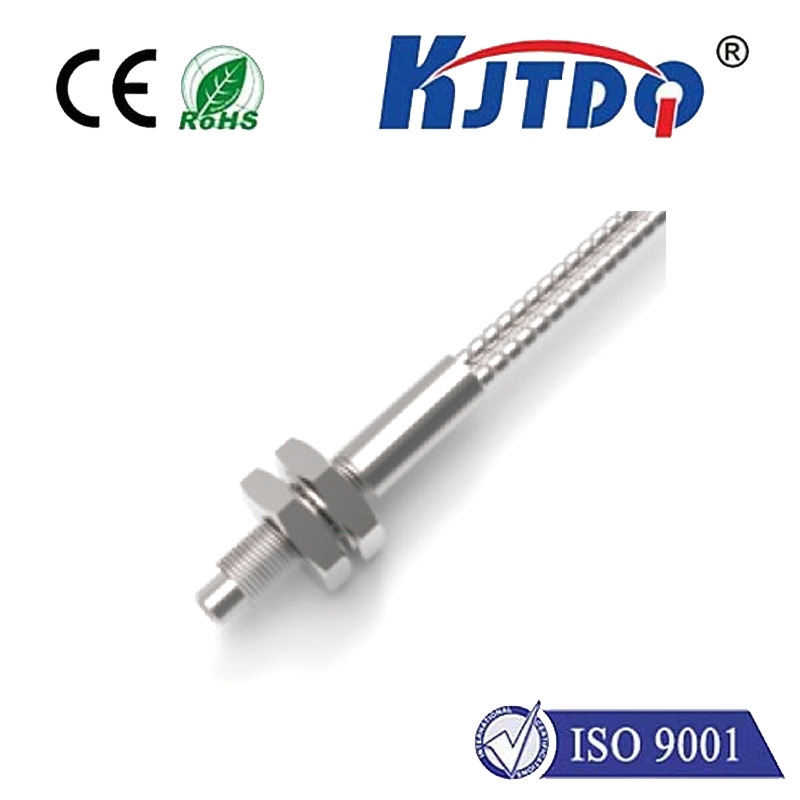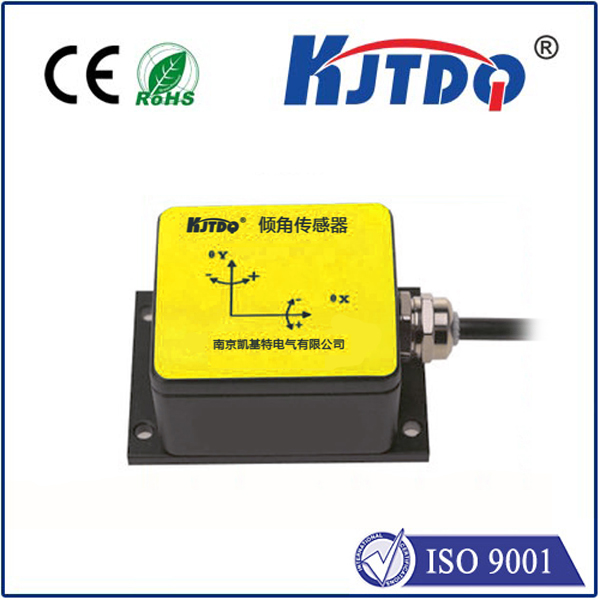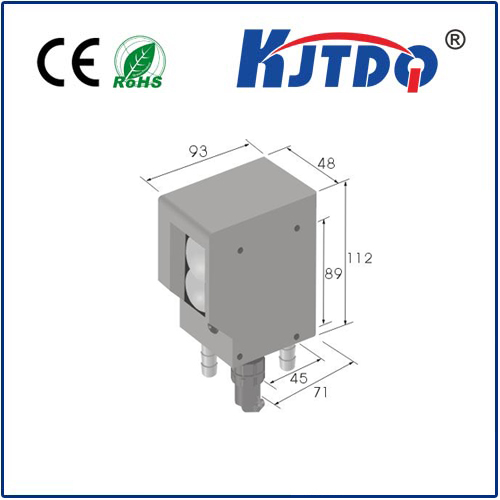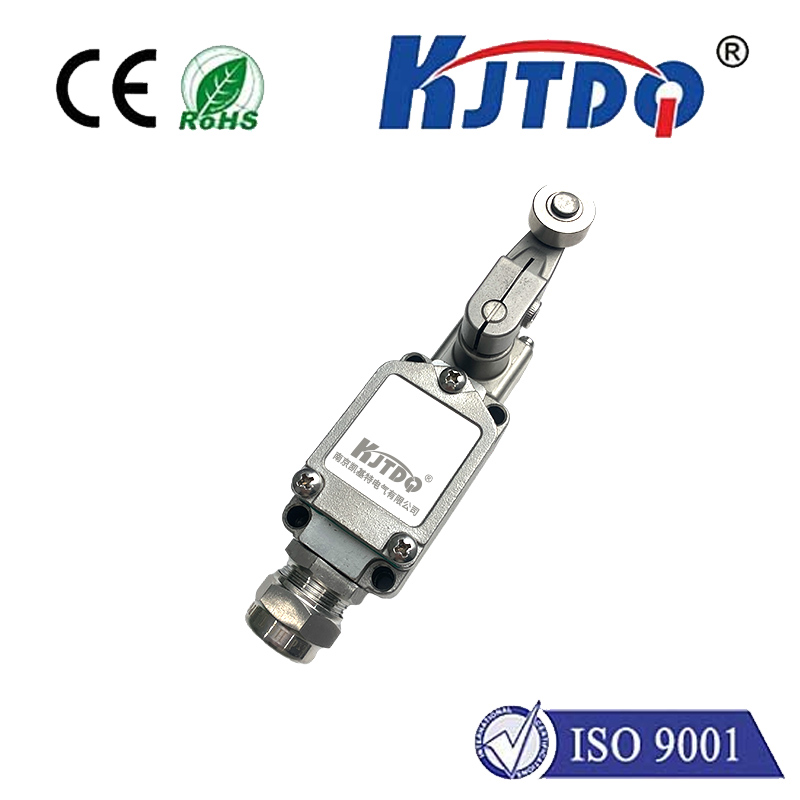optical fiber sensor types
- time:2025-08-16 05:31:14
- Click:0
Demystifying Optical Fiber Sensor Types: Sensing Light, Shaping the Future
Invisible threads of glass or plastic, thinner than a human hair, are silently transforming how we monitor and measure our world. Optical fiber sensors, leveraging the very light they transmit, offer capabilities far beyond traditional electronic sensors: immunity to electromagnetic interference, operation in harsh environments, intrinsic safety, and remarkable precision over vast distances. Understanding the diverse landscape of optical fiber sensor types is crucial for unlocking their full potential across industries. This guide delves into the major categories, revealing how each harnesses light’s properties for unique sensing applications.
More Than Just Data Pipes: The Sensing Principle
At its core, an optical fiber sensor detects changes in the physical, chemical, or biological environment by measuring alterations in the properties of light traveling through the fiber. These properties include:

- Intensity: The brightness or power of the light signal.
- Phase: The position of a wave within its oscillation cycle.
- Wavelength: The color or specific frequency of the light.
- Polarization: The orientation of the light wave’s electric field.
- Scattering Phenomena: Interactions within the fiber material (Rayleigh, Brillouin, Raman).
Classifying the Landscape: Major Optical Fiber Sensor Types
Based on their operating principle and structure, optical fiber sensor types are commonly grouped as follows:
- Intensity-Based Sensors: Simplicity and Cost-Effectiveness
- Principle: Measure changes in the amplitude or intensity of transmitted or reflected light caused by the external parameter.
- Operation: The measurand (e.g., displacement, vibration, presence/absence of an object) physically modulates the light path – bending the fiber, moving a mirror, or altering coupling efficiency between fibers. This directly attenuates the light intensity received.
- Advantages: Simple construction, relatively low cost, straightforward signal detection.
- Limitations: Susceptible to light source fluctuations, losses in connecting fibers, and other intensity-altering factors unrelated to the measurand. Calibration can be tricky.
- Applications: Proximity sensing, liquid level detection, simple vibration monitoring, door/window position sensors.
- Interferometric Sensors: Masters of Precision Phase Measurement
- Principle: Detect minute changes by measuring the phase shift of light waves traveling different paths. These phase shifts translate into interference fringe patterns (bright and dark bands).
- Common Configurations:
- Michelson: Uses a single directional coupler, light travels down two paths (reference and sensing), reflects back, and interferes at the coupler. Highly sensitive to path length changes.
- Mach-Zehnder (MZI): Light splits at the first coupler, travels down two separate arms (one sensing, one reference), combines at the second coupler, producing interference. Ideal for distributed sensing over long distances.
- Fabry-Perot (FPI): Uses two partially reflecting mirrors creating a resonant cavity. Changes in cavity length alter the resonance condition and reflected/transmitted intensity. Compact and highly sensitive to strain and temperature.
- Sagnac: Exploits the Sagnac effect for rotation sensing (gyroscopes). Light waves travel clockwise and counter-clockwise; rotation induces a phase difference.
- Advantages: Exceptional sensitivity and resolution (detecting nanometer-scale displacements or minuscule temperature changes), multi-parameter capability.
- Limitations: Complex signal processing required to interpret interference fringes, often complex setup, susceptible to environmental noise affecting the reference path (except FPI).
- Applications: Ultrasonic/acoustic sensing (non-destructive testing), seismic monitoring, highly precise strain and temperature measurement in aerospace/energy, optical gyroscopes.
- Wavelength-Modulated Sensors: Stability through Spectral Encoding
- Principle: Measure changes by tracking shifts in the specific wavelength of light reflected or transmitted. The measurand alters the optical characteristics of a fiber component designed to filter or reflect specific wavelengths.
- Star Player: Fiber Bragg Grating (FBG) Sensors.
- Operation: An FBG is a periodic modulation of the core’s refractive index inscribed into the fiber core. It acts as a highly selective wavelength mirror. When strain, temperature, or pressure changes the grating period or refractive index, the reflected Bragg wavelength shifts linearly.
- Advantages: Absolute wavelength measurement (immune to intensity fluctuations), inherent multiplexing capability (many FBGs at different wavelengths on one fiber), small size, robustness, excellent long-term stability. Perfect for distributed sensing arrays.
- Applications: Structural health monitoring (bridges, buildings, dams, wind turbines, aircraft), composite material embedding, pressure and temperature sensing in oil & gas wells, smart grid monitoring, point sensing within larger systems.
- Scattering-Based Distributed Sensors: The Power of Continuous Monitoring
- Principle: Exploit inelastic scattering phenomena (Raman, Brillouin) or coherent Rayleigh scattering naturally occurring within the fiber itself. These effects provide information about temperature and strain at every point along the fiber, turning the entire cable into the sensor.
- Key Techniques:
- Rayleigh Optical Frequency Domain Reflectometry (R-OFDR)/Rayleigh Optical Time Domain Reflectometry (R-OTDR): Analyzes coherent Rayleigh backscatter patterns. Highly sensitive to minute strain changes at high spatial resolution, but generally insensitive to temperature.
- Brillouin Optical Time/Frequency Domain Analysis (BOTDA/BOTDR): Measures Brillouin frequency shift, sensitive to both strain and temperature. Requires access to both fiber ends (BOTDA) or uses spontaneous scattering (BOTDR). Offers long range (tens of kilometers) and meter-scale resolution.
- Raman Optical Time Domain Reflectometry (ROTDR): Measures the ratio of anti-Stokes to Stokes Raman scattering, which is highly temperature-dependent but strain-insensitive. Simpler demodulation than Brillouin but generally shorter range and lower spatial resolution.
- Advantages: Continuous monitoring along the entire fiber length (no discrete sensors needed), exceptionally long reach (up to 100km+), installation cost-effectiveness for large structures. True distributed sensing.
- Limitations: Complex interrogation units, higher cost than point sensors, spatial resolution/strain&temperature separation trade-offs (especially for Brillouin).
- Applications: Pipeline leakage and intrusion detection, perimeter security fencing, power cable temperature monitoring (dynamic rating), large structural monitoring (dams, tunnels, pipelines), fire detection in tunnels/buildings.
Intrinsic vs. Extrinsic: Where the Sensing Happens
A further distinction among optical fiber sensor types concerns the sensing location:
- Intrinsic Sensors: The optical fiber itself is the sensing element. Changes in the measurand (temperature, strain, pressure) directly alter the light’s properties within the fiber. Most sensors discussed above (FBG, scattering-based, interferometers like FPI embedded in fiber) fall into this category.
- Extrinsic Sensors: The optical fiber primarily acts as a light guide to and from an external sensing element. The light signal is modulated outside the fiber (e.g., in a reflective diaphragm, chemical cell, or Fabry-Perot cavity formed by the fiber end and an external mirror). Intensity-based sensors are often extrinsic, as are some specialized chemical or biological sensors.
Choosing the Right Tool: A Comparative Glance
| Feature | Intensity-Based | Interferometric (MZI/Michelson) | FBG (Wavelength) | Distributed (












